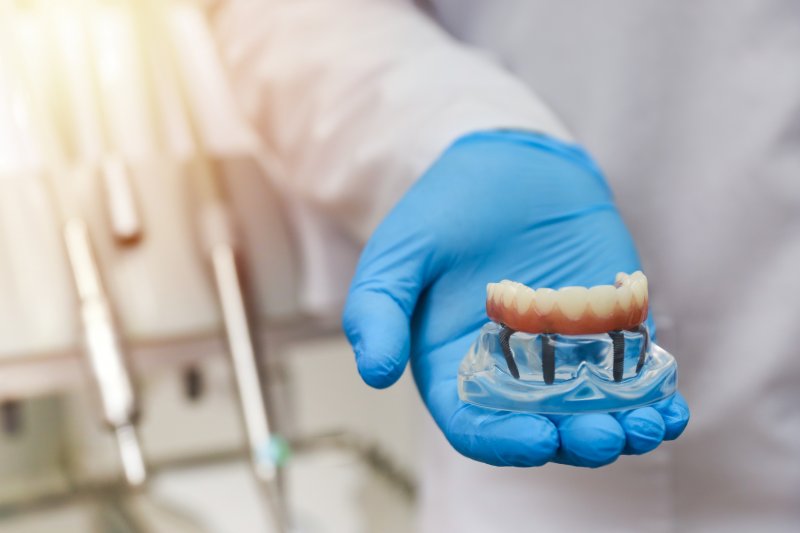
Dental implants have come a long way to become the gold standard for tooth replacement. Considered superior to other solutions, like dental bridges and traditional dentures, these prosthetics offer advantages that cannot be achieved in any other way. But where did they get their start? How have they evolved into the life-changing creations they are today? Read on to discover how the tooth replacement methods used by early civilizations have morphed into what you see today.
What Were Dental Implants Like Among Early Civilizations?
Individuals have always recognized the importance of having a full set of teeth. This is why early civilizations, like the ancient Mayans, used pieces of seashells and carved stones to replace missing teeth, embedding these objects into their gums and jawbones.
In China, bamboo pegs were used more than 4,000 years ago, and 2,000 years later, the Egyptians relied on precious metals to be attached to the jawbone for tooth replacement.
While researchers discovered instances of fusing between these so-called “implants” and the underlying bone, we can be thankful that technology has advanced.
What Kind of Changes Occurred Over Time?
The biggest hurdle for dental implants throughout its research has been finding a material that will safely fuse with the jawbone and remain in place. Many attempts were made by professionals; however, patients’ bodies continually rejected the material.
Throughout the 1800s, silver and porcelain were used but unsuccessful. By the 1900s, 24-karat gold was tried before Drs. Alvin and Moses Strock used implants made out of Vitallium – a metal alloy that fuses with bone and produces a long lifespan.
The 1950s saw a Swedish orthopedic surgeon use titanium in the leg bone of a rabbit only to discover he could not remove it because it had fused with the bone (osseointegration). This led to the biggest shift in dental implant history, as it continues to serve as the primary material used for dental implants.
However, other more biocompatible solutions are now available, like ceramic. Capable of fusing just as well to the bone as titanium, it gives patients with severe metal allergies a chance to live life with permanent prosthetics instead of settling for a less-than-ideal solution, like traditional dentures.
What Will Dental Implants Be Like in the Future?
No one knows for sure what the future will hold for dental implants other than they are likely to continue growing in popularity.
New technologies are being used each day in the field to improve the success rate of these prosthetics as well as their placement accuracy and precision. Attention is also being paid to the affordability of dental implants so that all patients can feel comfortable moving forward with this revolutionary form of tooth replacement.
Dental implants are in a category of their own, and more patients are experiencing the benefits these prosthetics provide. You can take the next step toward achieving a complete, healthier smile by talking to your dentist today.
About the Author
Dr. Udoka Holinbeck earned her Doctor of Dental Surgery degree from the University of Southern California in Los Angeles and regularly pursues continuing education, dedicating hundreds of hours to various courses. As a holistic dentist at Bionica Dental Wellness, she offers biocompatible dental implants as opposed to metal ones so that patients can enjoy a healthier option that won’t cause allergies or sensitivities over time. To learn more about how we can help you, visit our website or call (262) 337-9745.
